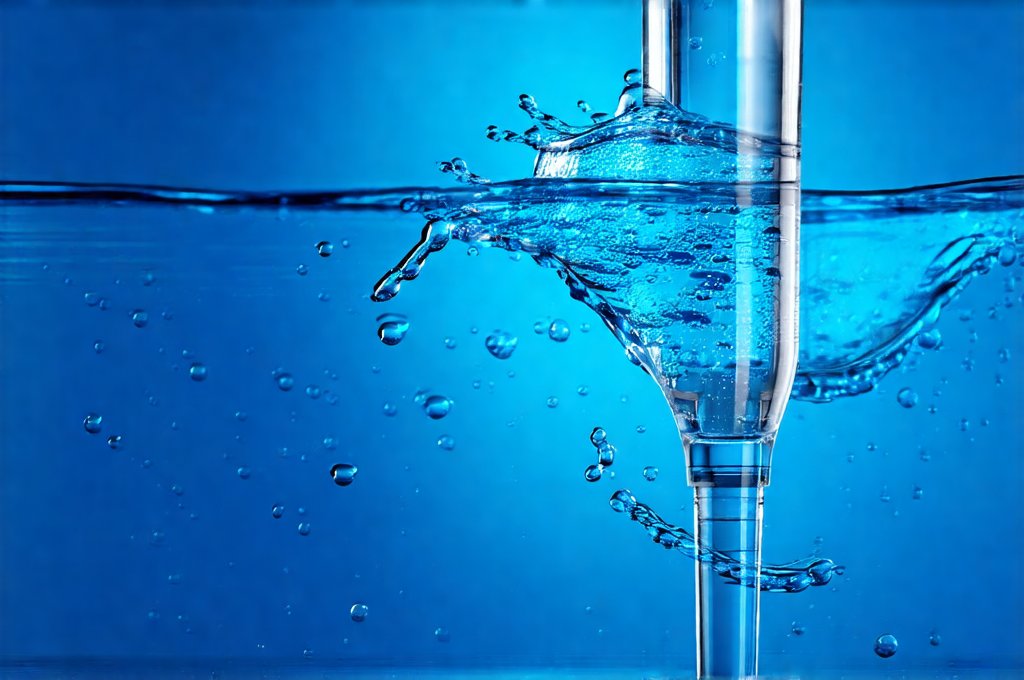The relentless pursuit of optimal health often leads us down paths paved with good intentions, but sometimes misguided execution. Hydration is undeniably vital for bodily functions – regulating temperature, transporting nutrients, flushing waste products – yet the narrative around “drinking enough water” has evolved into a somewhat zealous command that can inadvertently trigger overhydration and its accompanying discomforts: frequent urination, electrolyte imbalances, and even feelings of nausea. Many individuals, fueled by apps and generalized recommendations, find themselves obsessively tracking intake, leading to a paradoxical cycle where attempting health actually creates distress. The core issue isn’t necessarily insufficient hydration, but rather an imbalanced approach – one that prioritizes quantity over individual needs and intuitive bodily cues.
This article delves into the nuanced world of sustainable hydration, moving beyond simplistic “eight glasses a day” mantras. We’ll explore methods for tracking fluid intake that are less about rigid adherence and more about fostering awareness, preventing urges driven by anxiety or habit, and ultimately, achieving genuine well-being through mindful hydration sips. It’s about reclaiming control from the tracker and returning it to your body’s intrinsic wisdom – recognizing thirst as a reliable signal and understanding that optimal hydration isn’t a fixed number but a dynamic state. We will look at strategies to personalize this approach for varying lifestyles and activity levels, all while avoiding the pitfalls of overconsumption and its related issues.
Personalized Hydration Strategies
The standard recommendations for daily water intake often fail to account for significant individual variations. Factors like body weight, climate, activity level, diet (particularly sodium intake), and even underlying health conditions drastically influence hydration needs. A highly active individual living in a hot climate will naturally require more fluids than someone with a sedentary lifestyle in a cooler environment. Furthermore, relying solely on water isn’t always the most effective approach; many fruits and vegetables have high water content, contributing significantly to overall hydration. The goal shouldn’t be hitting an arbitrary number but responding authentically to your body’s signals.
A truly personalized strategy begins with self-observation. For a week or two, pay close attention to how you feel throughout the day in relation to your fluid intake. Note when you experience thirst – is it consistent, or does it come and go? What triggers it (exercise, salty foods, stress)? How do different beverages affect your energy levels and overall well-being? This period of mindful awareness provides invaluable data for tailoring a hydration plan that’s uniquely suited to you. It’s also important to differentiate between thirst and habit. Often, we reach for water out of routine rather than genuine physiological need.
Finally, consider incorporating hydrating foods into your diet. Watermelon, cucumbers, spinach, berries, and even soups contribute significantly to fluid intake without the pressure of consciously “drinking” more water. This approach feels less restrictive and integrates hydration seamlessly into daily life. It’s about viewing hydration as a holistic aspect of nutrition rather than a separate task to be completed.
Intuitive Hydration & Breaking Tracking Habits
Many commercially available hydration trackers, while seemingly helpful, can inadvertently foster anxiety and obsessive behaviors. Constantly checking your progress can lead to a mental preoccupation with fluid intake, transforming a healthy habit into a source of stress. This is particularly true for individuals prone to perfectionism or those struggling with disordered eating patterns. The key lies in transitioning from external tracking to internal awareness.
One effective technique is scheduled mindful sipping. Instead of constantly monitoring intake throughout the day, designate specific times – perhaps with meals and after periods of activity – to consciously drink water. Focus on the sensation of hydration, savoring the taste and allowing your body to absorb the fluids. This practice encourages a more deliberate and appreciative relationship with water, reducing the urge to overconsume out of anxiety or obligation.
Breaking tracking habits requires conscious effort. Start by reducing the frequency of check-ins with your tracker. Gradually decrease reliance on it until you’re comfortable relying solely on your body’s cues. If you find yourself feeling anxious without a tracker, remind yourself that your body is remarkably adept at signaling its needs – thirst is a reliable indicator, and paying attention to urine color (pale yellow indicates good hydration) can provide additional reassurance. Ultimately, the aim is to reclaim autonomy over your hydration habits, fostering a more intuitive and sustainable approach.
Recognizing & Addressing Urges
Urges to drink excessively are often rooted in psychological factors rather than physiological need. Identifying the underlying causes is crucial for addressing them effectively. Are you feeling stressed or anxious? Do you associate drinking with a sense of control or self-care? Is your urge triggered by external cues, such as seeing someone else drink water or receiving reminders from a tracker? Understanding the why behind the urge allows you to develop more targeted coping strategies.
One helpful technique is urge surfing. This involves acknowledging the urge without acting on it immediately. Observe the sensations associated with the urge – the tightness in your throat, the mental pressure – and allow them to pass without judgment. Remind yourself that urges are temporary and will eventually subside. This practice builds resilience and reduces the power of impulsive behaviors.
Another strategy is to identify alternative coping mechanisms for stress or anxiety. If you tend to drink water when feeling overwhelmed, explore other methods for managing your emotions, such as deep breathing exercises, meditation, yoga, or spending time in nature. Addressing the root cause of the urge is far more effective than simply suppressing it.
Hydration & Electrolyte Balance
Overhydration can disrupt the delicate balance of electrolytes – sodium, potassium, magnesium, and chloride – which are essential for nerve function, muscle contraction, and fluid regulation. When you drink excessive amounts of water, you dilute these electrolytes, potentially leading to hyponatremia (low sodium levels). Symptoms include nausea, headache, confusion, and in severe cases, seizures or coma.
Maintaining electrolyte balance requires a holistic approach that goes beyond simply drinking enough water. Incorporating electrolyte-rich foods into your diet – bananas (potassium), spinach (magnesium), and dairy products (calcium) – can help replenish lost minerals. During periods of intense exercise or sweating, consider supplementing with an electrolyte drink specifically formulated for rehydration.
It’s also crucial to understand that water intoxication is rare but serious. It typically occurs in situations where large volumes of water are consumed over a short period, such as during endurance events or hazing rituals. The key takeaway is to prioritize balance – both adequate hydration and electrolyte replenishment.
Listening To Your Body
Ultimately, the most sustainable hydration strategy is one that aligns with your body’s natural rhythms and cues. This requires cultivating interoception – the ability to perceive internal bodily sensations, such as thirst, hunger, and fatigue. The more attuned you are to these signals, the better equipped you are to respond appropriately without relying on external tracking or rigid rules.
Practice mindful awareness throughout the day, pausing periodically to check in with your body. Ask yourself: Am I truly thirsty, or am I drinking out of habit? How do I feel after consuming water – refreshed and energized, or bloated and uncomfortable? Paying attention to these subtle cues allows you to adjust your intake accordingly and maintain optimal hydration without falling into the trap of overconsumption.
Remember that hydration is a dynamic process, influenced by countless factors. There’s no one-size-fits-all solution. By embracing personalization, intuitive awareness, and electrolyte balance, you can cultivate a sustainable hydration strategy that supports your health and well-being for years to come. The goal isn’t about achieving perfect hydration; it’s about fostering a harmonious relationship with your body and its innate wisdom. Consider how hydration tracking can support, but not dictate, this process. It is also important to be aware of potential issues like disrupted sleep that may impact hydration needs. Finally, if you are planning on traveling, remember to adjust your approach accordingly.





















